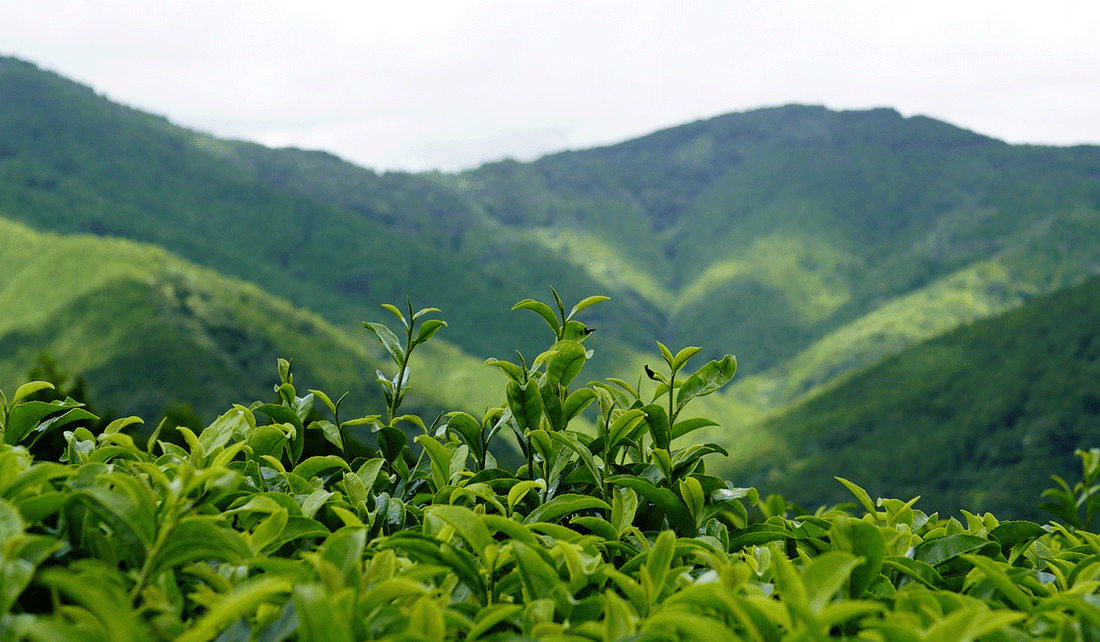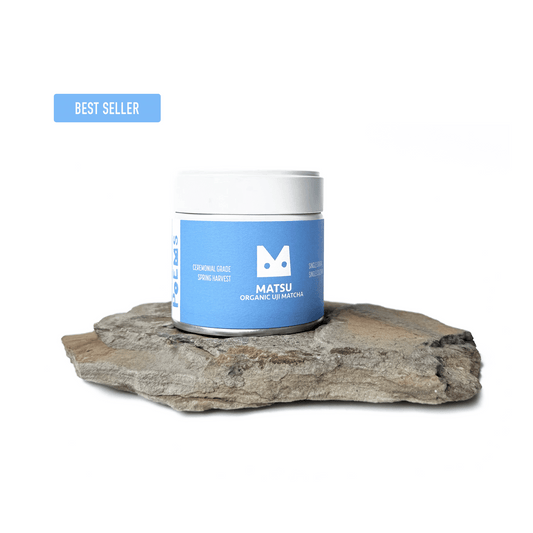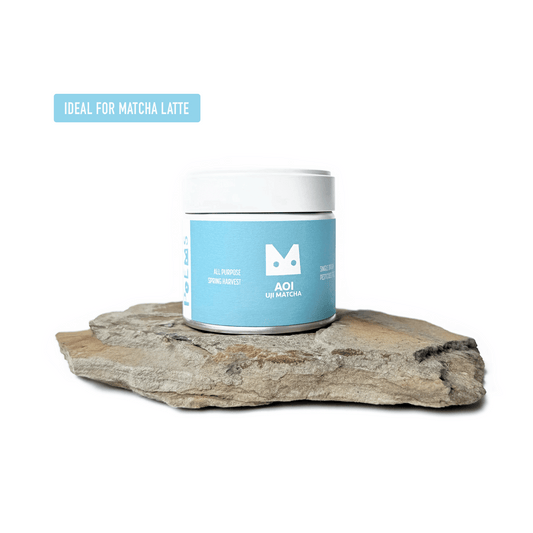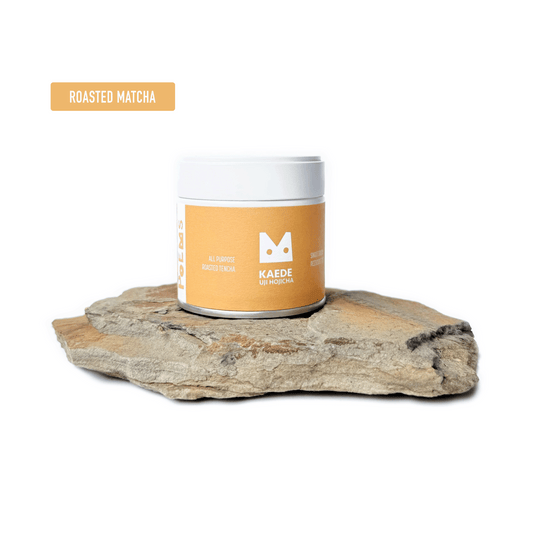
How Terroir Shapes the Taste of Tea
Share
When it comes to tea, flavour is never just about the leaf, it’s about the land, the climate and the environment that nurtured it. This unique combination is called Terroir (just like the world of wine), and it’s one of the most important reasons why a cup of tea can taste so profoundly different depending on where and how it is grown.
What Is Terroir?
Terroir describes the environmental factors: soil, altitude, climate, rainfall, mist and most importantly, the local ecosystem that give tea its distinctive character. Just as grapes reflect the vineyard where they were grown, tea leaves carry the imprint of their landscape.
Why Mountain-Grown Tea Is Better
1. Slower Growth Under Gentle Sunlight
At higher elevations, sunlight is less intense and often filtered by clouds or mist. This slows down the tea plant’s growth, meaning the leaves stay tender for longer. Instead of producing thicker, more fibrous leaves (as in flatland farms), mountain tea plants concentrate more amino acids (especially L-theanine). These amino acids are what give the teas their sweetness and umami, balancing the natural bitterness of catechins.
2. Cooler Temperatures and Daily Temperature Swings
Mountains are cooler during the day and significantly cooler at night. This sharp difference in day–night temperatures (called diurnal variation) encourages tea plants to generate more aromatic compounds and antioxidants as a natural defense mechanism. The result is tea with richer fragrance, more complexity, and deeper nutritional value compared to lowland-grown leaves.
3. Mist and Humidity
In tea regions like Uji or Shizuoka, mountain valleys often fill with mist in the early morning. This natural shade protects the leaves from overexposure to sunlight, much like intentional shading does for matcha or gyokuro. Mist helps lock in moisture and keeps the leaves supple, bright green, and packed with umami, while also preserving delicate floral or vegetal aromas.
4. Soil and Root Depth
Mountain soils are typically mineral-rich and well-draining, forcing the roots to grow deeper in search of water and nutrients. This struggle results in stronger plants and leaves that carry the “signature” of the soil. In tea tasting, this can translate to a cleaner, more mineral edge that adds character to the tea. It’s similar to how wine reflects the vineyard’s soil.
5. Cleaner Environment
Tea grown at higher elevations is often far from heavy agriculture or industrial areas, benefiting from cleaner air and purer water sources. This results in leaves with with brighter, fresher, and more refreshing flavour on the palate.
Shop Our Mountain-Grown Sencha >>
Flatland Tea in Comparison
Tea grown on flatland farms usually gets stronger sunlight and grows faster, producing thicker, coarser leaves. These are perfectly suited for robust teas such as Bancha or Fukamushi Sencha (deep-steamed teas), but they tend to lack the delicate sweetness and layered flavour of mountain-grown leaves.
Why It Matters for Your Cup
When you sip a mountain-grown Tea, you’re tasting the cool mist that protected the leaves, the slow rhythm of growth in shaded valleys, and the minerals absorbed from mountain soil. This is why terroir matters: it reminds us that tea is not only a beverage, but also an expression of the nature and time.
At POEMS Tea Atelier, we source teas grown in these special environments - from the misty hillsides of Wazuka to the fertile mountains of Shizuoka, so you can experience the true depth and character that only terroir can create.





